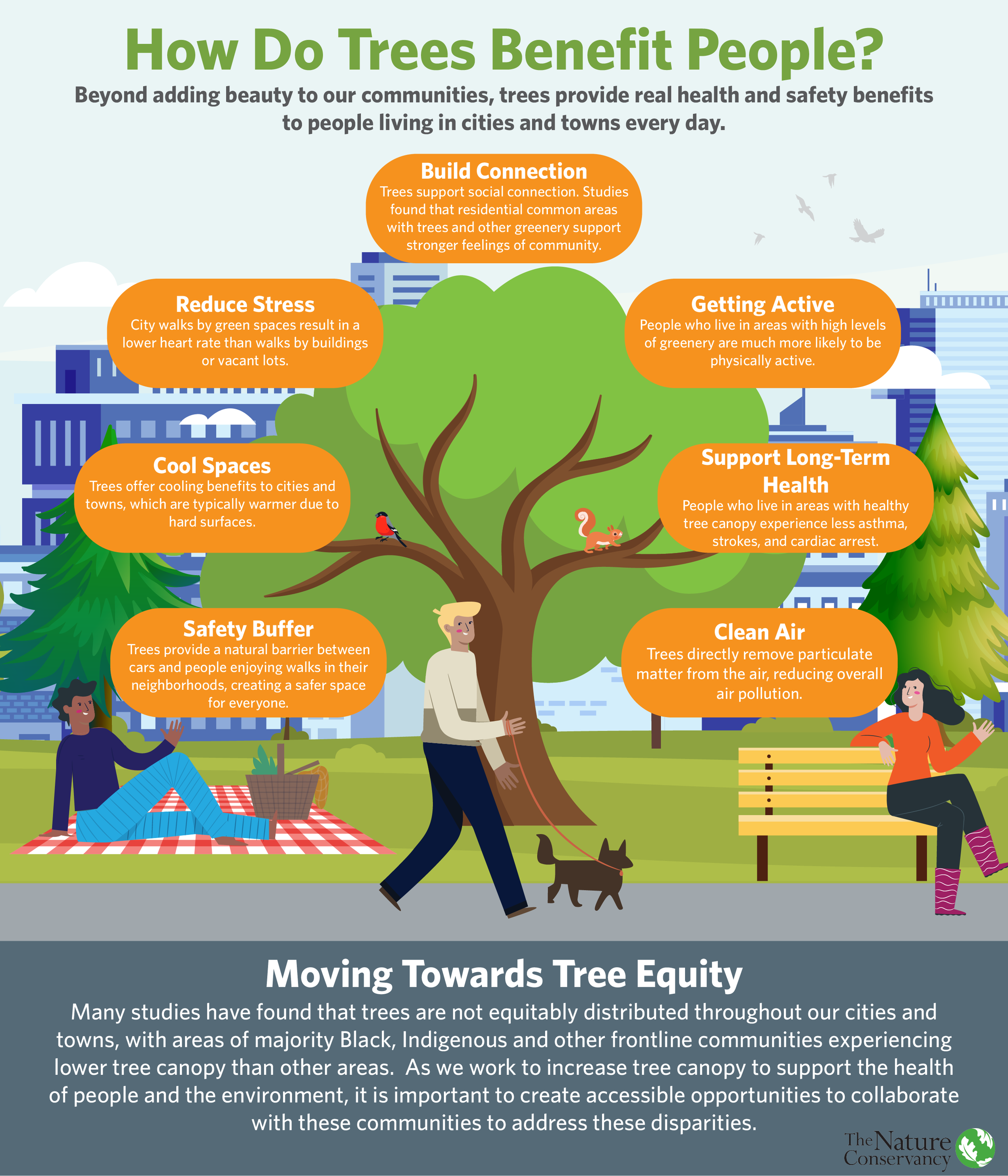By Beth Geiger
It’s a black-and-white issue: Puget Sound’s beloved orcas are in trouble. Orcas are an iconic presence here. They are also among the top predators and an important link in a rich ecosystem.
But orcas are suffering. In fall 2017, the death of a young male called J52 reduced the number of Southern Resident orcas to 76, down by six in just one year. J52’s most likely cause of death? Malnutrition. In Puget Sound, orcas’ staple food is Chinook salmon. But as Chinook decline, it’s hard for a 22,000-pound orca to find enough to eat.
Related: State commits to orca recovery
Just as threatening as starvation is pollution. In 2014, NOAA scientists released an alarming report: Southern Resident orcas are “among the most contaminated marine mammals in the world.” Stormwater pollution is the big culprit: Studies show that 75 percent of the chemicals in Puget Sound are carried in by the water that runs off our roads and parking lots.
To help orcas, we need more Chinook and less pollution. The Nature Conservancy is working on both fronts. The Floodplains by Design program restores rivers and estuaries, rebuilding and enhancing critical salmon habitat. The program has restored more than 1,000 acres of floodplain, with another 2,000 acres in the works. Juvenile salmon are finding more protected estuaries. Returning salmon are finding more places to rest and spawn.
When it comes to stormwater, the solution is green. Rain gardens, permeable surfaces and urban shrubs and trees can divert, capture and filter polluted runoff. We’ve built an innovative coalition called City Habitats, bringing governments, nonprofits, businesses and research institutions together to develop green infrastructure solutions. We’ve also helped developers and regulatory agencies collaborate on projects, such as capturing polluted runoff from the Aurora Bridge before it splashes directly into our waters.
Our work can complement needed state and federal efforts. With your help, we’re making a healthier home for orcas, and all of us.




























